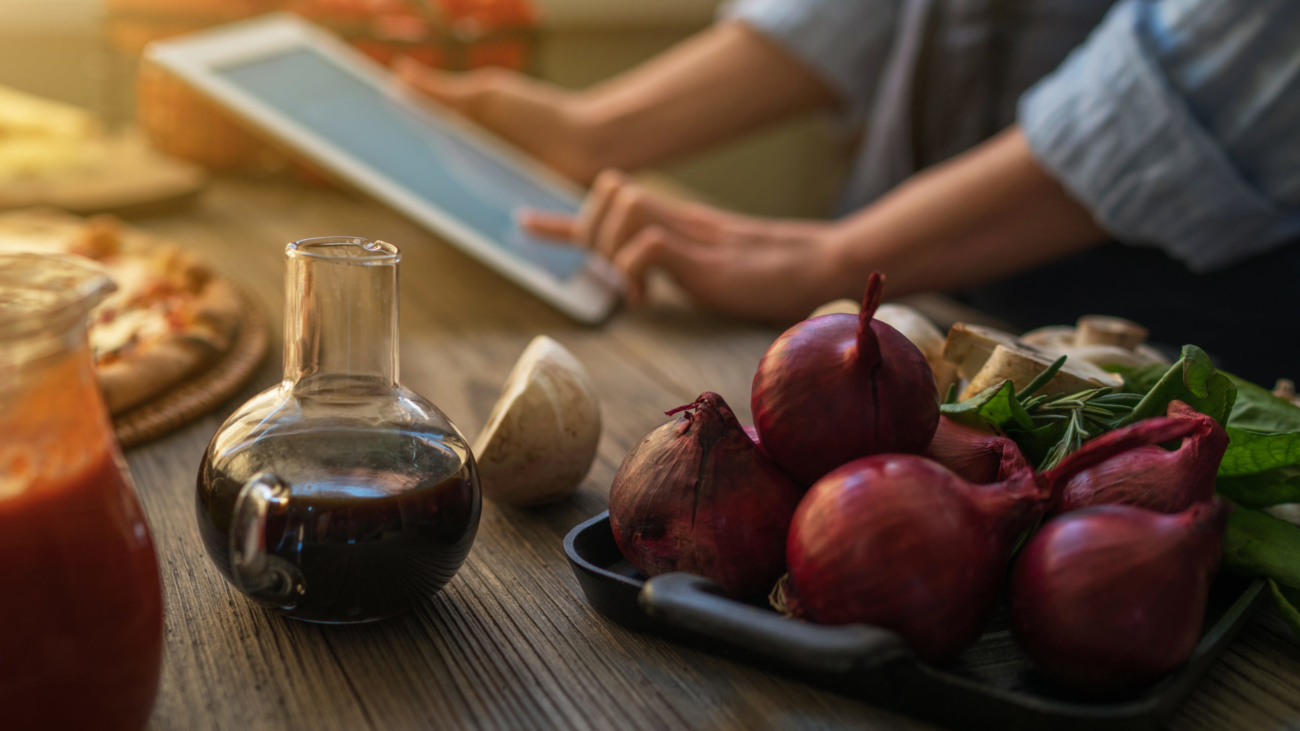As marketers, we understand that the landscape is changing daily. From branding to promotions, best practices are constantly evolving. In the last few months, we have posted about the all-important holiday season in terms of planning for it and selling successfully. With the holiday season underway, we wanted to provide a roadmap for the last few weeks of the year – to ensure you close it out successfully.
(1) Attempt to Clear Any Excess Inventory to Protect Margin
- – It is important to remember that the work is not over once the holiday season is here. In fact, it is a critical time to ensure you end the year in a profitable way.
- – Analyze what is left in stock, and what you can promote right now (or in early 2022). Build a post-holiday marketing calendar and campaign to stimulate sales.
- – Use your hard-won list growth from the holiday season and continue the conversation with customers. Tip: ignite a sense of urgency!
- – Use both personalized marketing and bulk tactics.
- – Examples include an exciting subject line that is transparent or show products that are on sale in emails. Better yet? Personalize emails with previously viewed items that are now on sale or abandoned cart positioning.
(2) Reflect & Learn to Stimulate Growth in 2022
- – Dedicate time to learn and document your wins / losses while they are fresh in your mind.
- – Reference your calendar with campaign reporting. Observe traffic, measure results and identify selling trends. Record your marketing successes; use them for future planning.
- – Assess your inventory and determine:
- – Were your best sellers those that you expected them to be?
- – Were different items more popular?
- – Were there more items that needed to be discounted than you thought?
- – Use tools like customer surveys to help with marketing decisions for next year.
As you can tell, our themes are absorption, education, and growth. We believe that evolution is the key to success – especially in this ever-changing retail landscape. Most importantly, this evolution will trigger success. We hope you are having a successful holiday season and look forward to even more prosperity in 2022!
Information sourced from Mailchimp eCommerce Masterclass Series.









